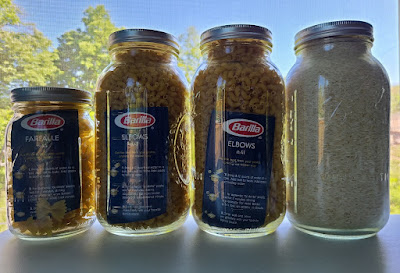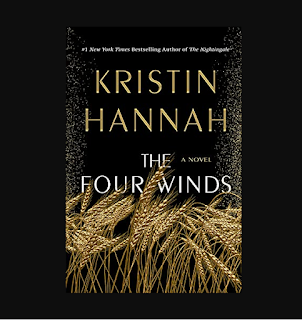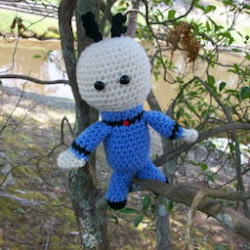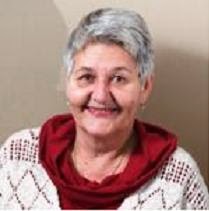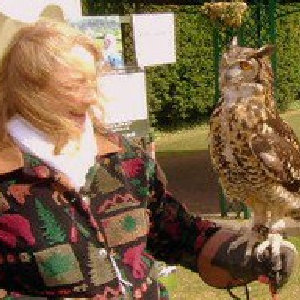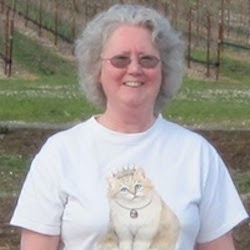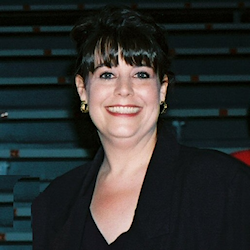Why on earth would I be reviewing a machete? There are many good reasons to own a machete. Personally, I live on a piece of land with difficult terrain. While I intentionally allow some of the lot to grow wild, hopefully as welcoming habitat for the birds, butterfly, and wildlife, these weeds quickly take over areas I do not want them in. Lawn mowers and weeders (both wired and manually operated blade) do not suffice. I am very pleased with the Fiskars Clearing Machete.
The Fiskars 15" Blade Clearing Machete
After watching many machete reviews, I chose the Fiskars. To be honest, I mostly chose the Fiskars due to price point and availability (it was available here locally and I purchased it on the day I wanted to use it for the first time). While I honestly wanted to purchase some of the other machetes that were recommended, I did not feel I could spend $100 at the time. For something that I didn't know whether or not I'd be able to use it productively. I am very pleased with my purchase.
The Fiskars Clearing Machete Official Information:
- 15" blade (24" total length)
- curved steel blade
- cushioned, composite, comfortable grip
- weighs 2 lbs
- Full lifetime guarantee
- Nylon sheath included
Yard Care
My yard is on a small mountain ridge. The slope is steep and the ground is rocky shale - from a sandy texture to very large rocks scattered everywhere. Mowing is difficult to impossible. I have been advised to use weed control chemicals to eradicate these weeds. I do intentionally allow the weeds to grow because the monarch butterflies love the thistle, the birds love the mullein flowers, the pollinators love the assorted wild flowers, and the deer use the cover to hide in. The problem is that all of these invasive plants, thistle, and wildflowers grow up quickly and are a nuisance where I don't want them.
For example, the thistle grew to 6 - 7' tall behind my house (where the meter-reader needs to walk).
 |
| The first area I cleared with the machete (the meter is to the left) I was impressed with being able to clear out a significant portion of that thistle patch |
The thistle has also grown around the back and sides of the chicken coop (allowing more cover for predators and more scratches on me when trying to herd a naughty chicken to the coop).
The Fiskars machete is perfect for the larger weeds; especially the thistle. It cuts through them like cutting through warm butter.
Outdoor Adventuring, Overlanding, and Off-Roading
When I had my Jeep and did ORV (off-road) trails and primitive camping, this machete would have been perfect! I regret not having purchased on during that time in my life. I could have bush-whacked through brush on overgrown trails or areas where I needed to turn around but didn't have room. I could have cleared the green brier thorny vines in areas where I needed to pass through on foot.
Hunting and Fishing
People who hunt and fish often use trails that become overgrown. In my opinion, this is a perfect tool to attach to a backpack and have along for clearing trails or sitting spots. I'm thinking of all the times I fought the thorny vines to get to my catfish spot at North Point. This machete would have been so helpful.
Recreational Hiking Trails
Whether trails are very remote or fairly well-used and maintained, the thorny vines often grow across very quickly. This machete is a good choice for people whose jobs it is to maintain these trails as well as people like me, back in the day, who preferred to strap on a back pack and walk the trails where others rarely walk. I am a short woman of only 5'4" so this machete hanging from my waist is not practical. But it would have been perfect tucked into the area of my Osprey pack between my back and the pack.
Agricultural - Crop Harvesting and Brush Clearing
I cannot speak much to agricultural harvesting and machetes. I believe I have seen plenty of clips of pineapple harvesting with machetes but I may be mistaken. I am sure that this machete would be an excellent choice for clearing fence rows of brush and plants. I look forward to having an extra tool (non-chemical) to try to clear away some of my rampant poison ivy vines.
I am quite sure that I am not covering most of the uses for a good machete in agriculture and forestry industries.
Related Links:
Our Wednesday Elf previously reviewed the Fiskars Long-Handled Swivel Grass Shears. Those shears allowed her to remain in a standing position while trimming grass along sidewalks and around the mailbox post. They swivel to cut in a horizontal or vertical position. Great for folks with actual lawns and sidewalks!! See her review here for more information.
And don't overlook that Review This has a Gardening section. You can find the tab at the top of the page or click here and start scrolling down to see the wonderful variety of reviews related to gardening.








